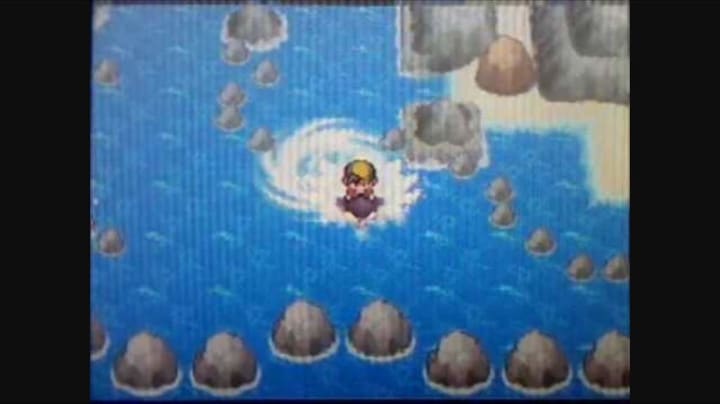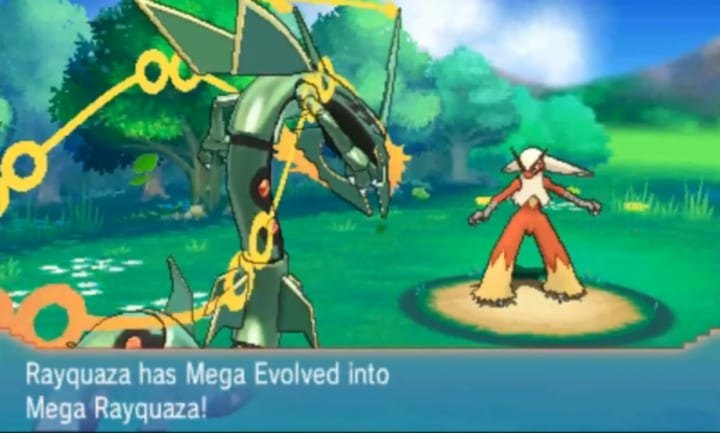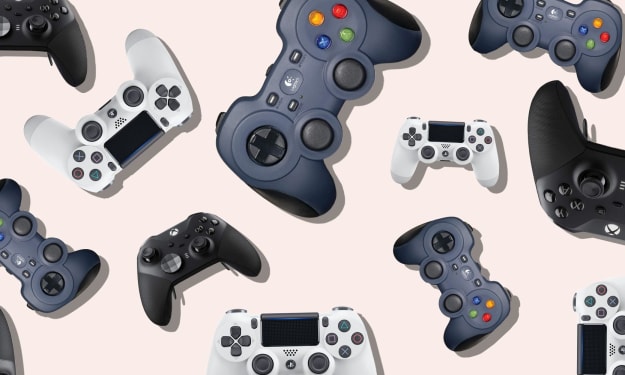5 Pokemon Gimmicks That Didn't Stick
New mechanics? Don't get too attached.

A lot of people don't realize, but the Pokemon franchise was actually revolutionary when it first made waves in the gaming industry, not necessarily in sales (though those were pretty good, I suppose), but in the way it used technology and developed the mechanics of RPGs. Through the ways that players could exchange Pokemon across link cable, the link cable, and multiplayer in general, saw new uses as more than a way to experience co-op gameplay. Also, the sheer number of playable characters that players had at their disposal, in the form of Pokemon, set Pokemon apart from many other RPG franchises of its era.
But across over 20 years and 24 core games, Pokemon has tried many things to innovate and develop its formula. Some have stuck, but many have been features that stayed only in a small handful of games, and served as gimmicks more than anything. And while that isn't a bad thing, it's always nice when a game mechanic makes its way into the franchise, and deepens and improves upon gameplay, transforming future games for years to come.
5. The Radio

Debuting in Pokemon Gold, Silver, and Crystal, and reappearing over a decade later in their remakes, Heartgold and Soulsilver, the radio served a few primary functions: to tell players more about the world, inform them of special events, and change which Pokemon appeared in certain areas.
Like the phone, another mechanic that only appeared in these games, this was one feature of the player's PokeGear, which served as somewhat of a utility belt. Essentially a proto-smart phone, players were given a small handful of technologies that enhanced their experience in the game - sort of a glorified extension to the pause menu.
Some of the features would return in other forms. The time mechanic, first appearing in these games and displayed through the in-game clock, came back in almost every game after this, often also displayed through an in-game clock on another similar "utility belt."
But the radio never returned. Unlike a lot of the gimmicks in this list, its existence was reinforced in the world through two radio towers in the game's two regions, Kanto and Johto, one of which became important to the story.
4. Dive/Whirlpool/Fog/Rock Climb

Most moves are only reflected through battle, but there are a small handful of moves that actually allow the player to advance in and interact with the game's overworld. The majority of these moves are called "hidden machines" or HMs, and they basically just prevent the player from moving to areas before a certain point, forcing linear gameplay.
The reasons for this aren't entirely clear in earlier Pokemon games, because across all of the areas players can visit, there isn't much in the way of story progression, and the game already has other ways of making sure the player doesn't get to areas before the developers want them to.
Whatever the case, HMs return in almost every game. However, there are certain HMs that only appear in a handful of games, and never return. Dive, for example, appears only in Ruby, Sapphire, Emerald, Omega Ruby, and Alpha Sapphire. This move allows the player to explore the seafloor, creating some interesting interactions and essentially forcing the developers to make a separate, underwater map.
It's easy to see why that one never returned, because it only added to their workload, but moves like defog, whirlpool, and rock climb don't appear in most games either. Defog has only been in three games, to date. These moves and the obstacles they overcome (fog, whirlpools, and rock walls) aren't hard to program, so it's not entirely clear why they never returned, although I suppose too many mechanics could cause a bloated game with too many features.
3. Unown

Unown is the alphabet soup of Pokemon. It lets players spell out words, and create creepy-pastas about it. As far as its implications on the overall story or world though, Unown is just kind of a let-down.
Unown is the only Pokemon on this list. Although the Pokemon franchise has a variety of gimmick Pokemon that only exist to show off game features or technology, Unown's purpose is... well, uncertain.
Players can collect 26 types of Unown, each representing a letter, with punctuation versions added in the fourth generation of games. They appear in ruins which disrupt the radio, play creepy music, and have foreboding messages.
They are an enigma—that much is clear.
But players get basically nothing for collecting all of them, and they don't affect the main story. They're also not much use in battles. Essentially, it's 29 storage slots in the player's PC filled by Pokemon that will probably never see any use.
2. Contests

In the third generation of Pokemon games, players were treated to an alternative to battling, sort of a nice side quest. Called Pokemon contests, players were allowed to pit their Pokemon against NPCs not for the sake of knocking each other out (I may understand PETA's case now), but for showing off their Pokemon in front of judges.
These added five new stats that only mattered in contests —cuteness, cleverness, beauty, toughness, and coolness. Not only did these stats get added, players also had to raise these stats using gimmick items called pokeblocks (or poffins in generation 4). One Pokemon, Feebas, could only evolve through improving these stats, but when contests disappeared along with these stats, developers had to give players another way to evolve it.
The contests were all right, and even served sort of a story purpose in later remakes, but they couldn't compare, in terms of entertainment value or depth, to the franchise's primary mechanics of breeding, trading, and battling.
1. Mega Evolutions

What if final stage Pokemon could become temporarily more powerful?
This is the question that mega evolutions served to answer, and unsurprisingly, they had quite an impact on competitive play. Many were so powerful, they wound up being banned or relegated to the highest tiers of unofficial competitive play, and even in official competitions, mega evolutions were sometimes not allowed.
Essentially, many fan favorite Pokemon were given new forms into which they could evolve through the use of items called mega stones. Each player could only mega evolve one Pokemon per battle, which at least somewhat curbed how powerful these Pokemon could be.
However, with the release of Sun and Moon, the earliest installments in Pokemon's latest generations, no new mega evolutions were added, and it looked as if mega evolution was replaced with another gimmick, Z-moves.
Speaking on this for Eurogamer, Pokemon director Junichi Masuda indicated that mega evolution might not return at all in core series games, stating that it was largely developed for X and Y and that it would only return "if a game comes up in future that we think [Mega Evolutions] would work really well with".
Although mega evolution is set to return in Pokemon Let's Go Eevee and Let's Go Pikachu, these are not core games. We'll have to see whether mega evolution will be an essential mechanic in future games, and whether new forms will be added.
I know it kind of challenges the title of the article, but it’s a feature that’s very much up in the wind, so it seemed appropriate.
About the Creator
Gannon Kendrick
Studying game developer and artist. Writes occasionally.






Comments
There are no comments for this story
Be the first to respond and start the conversation.